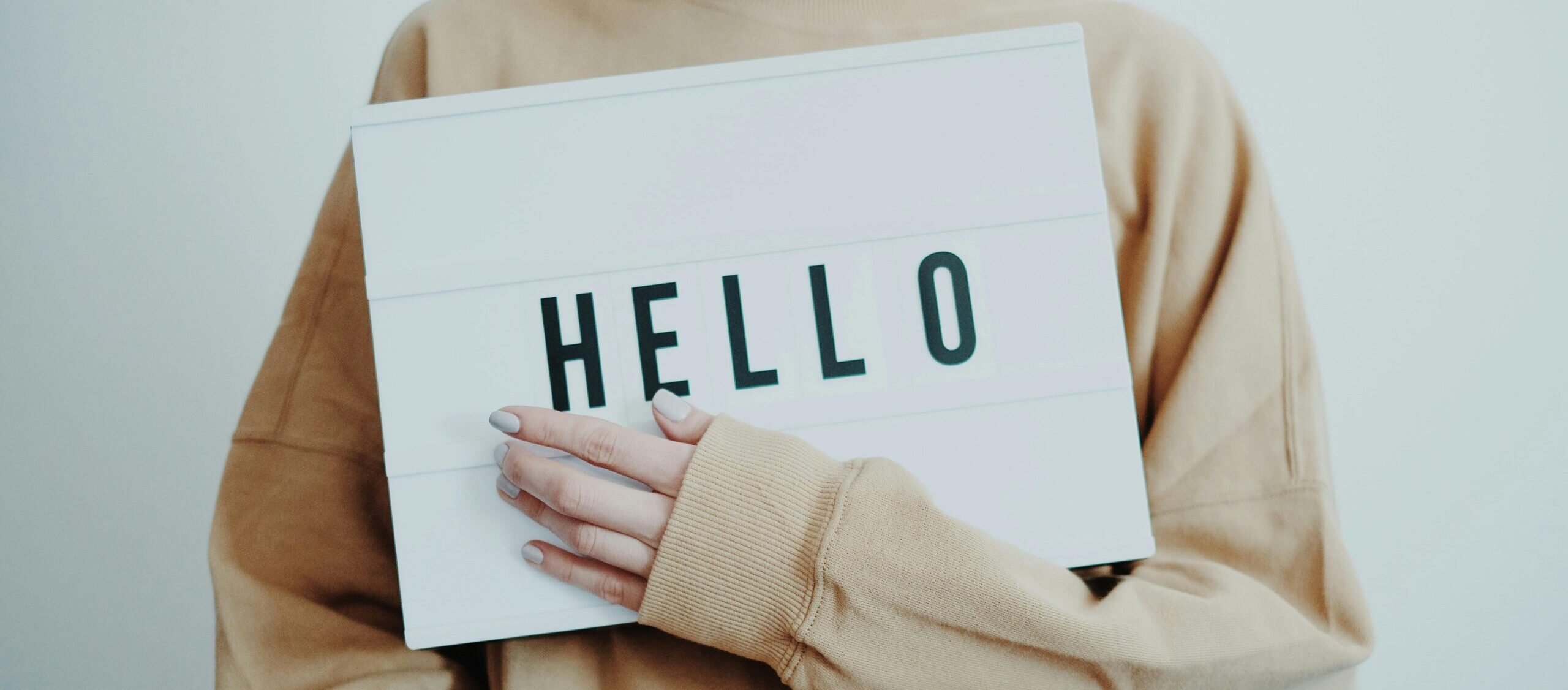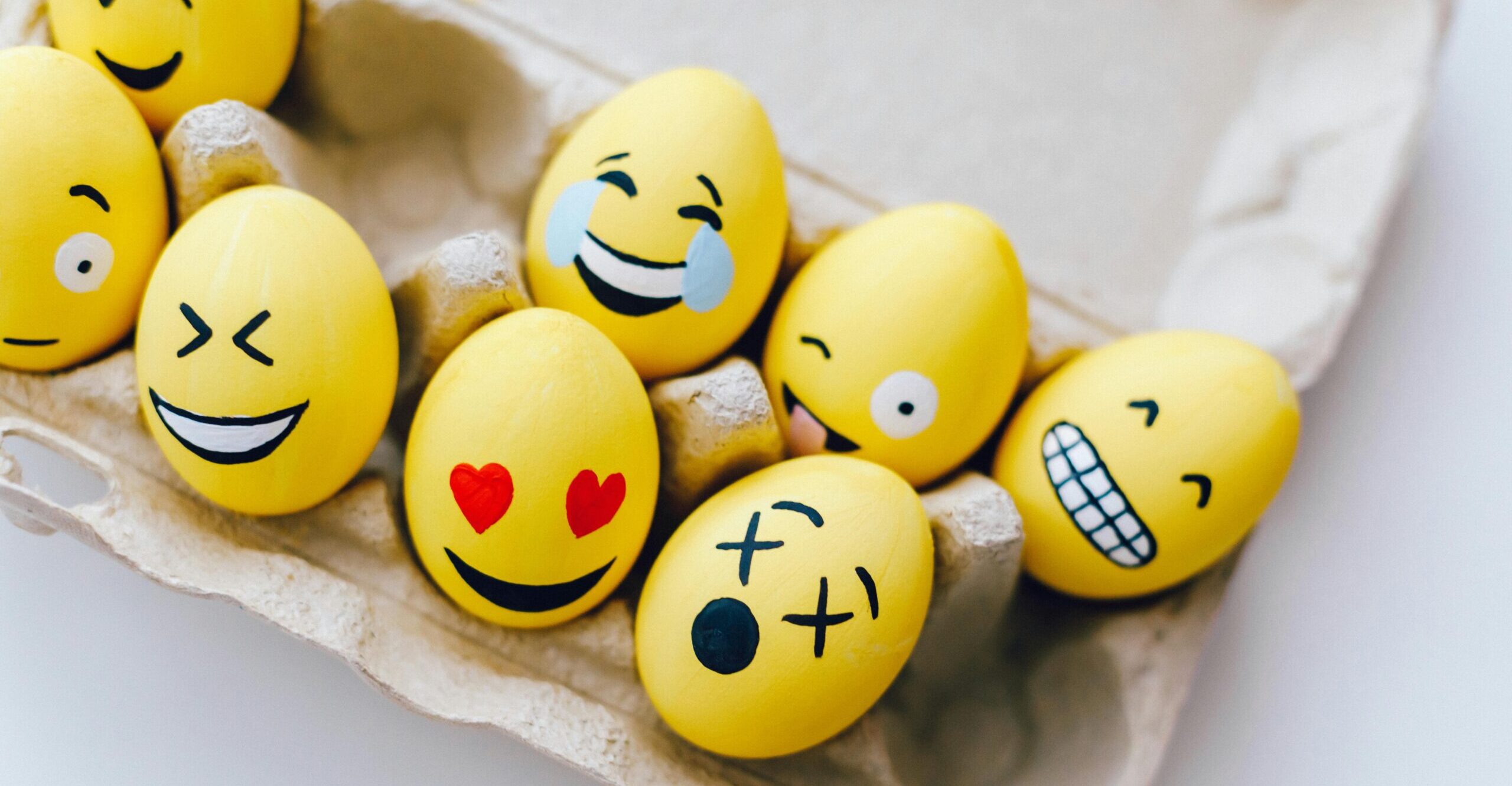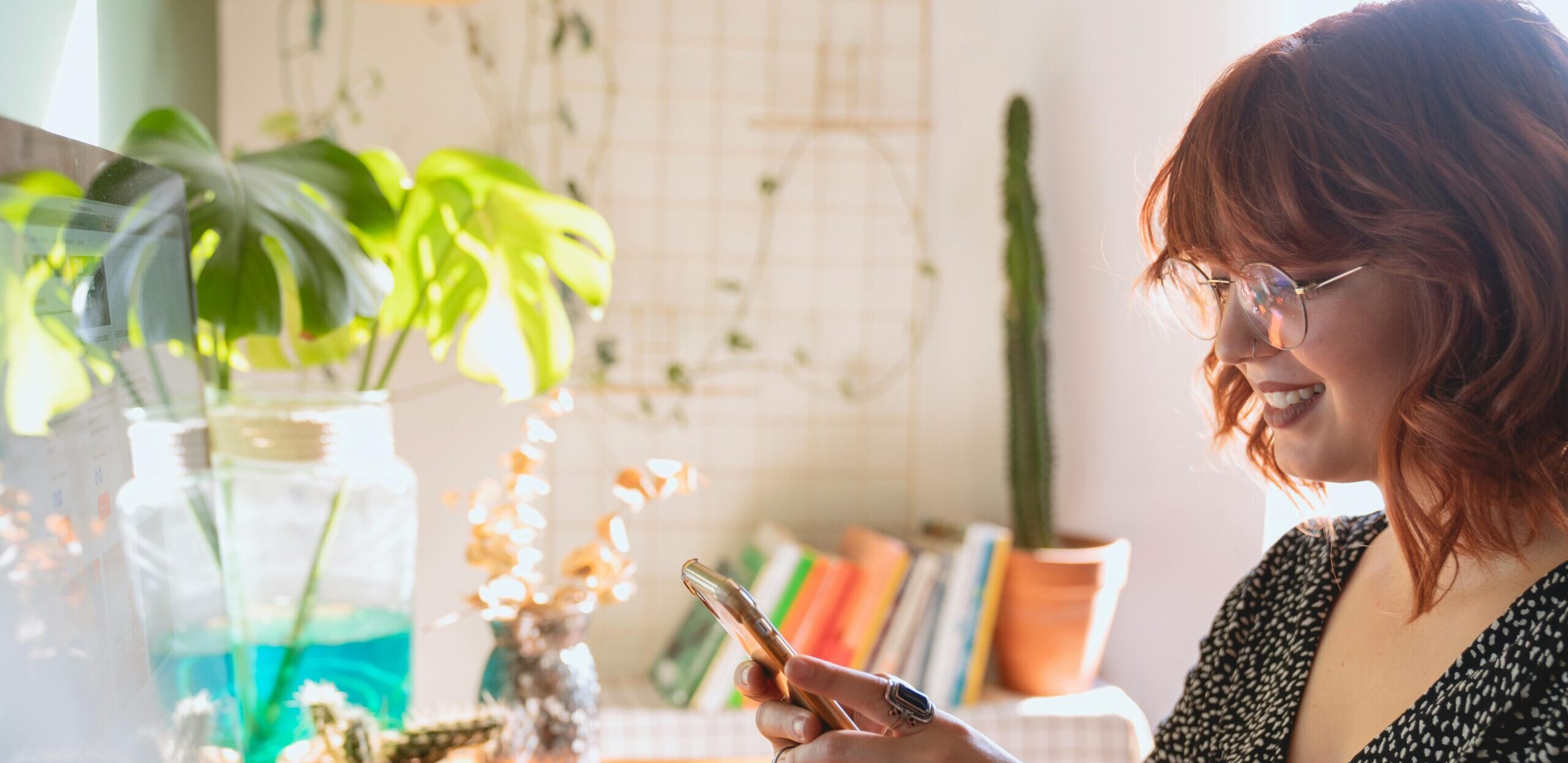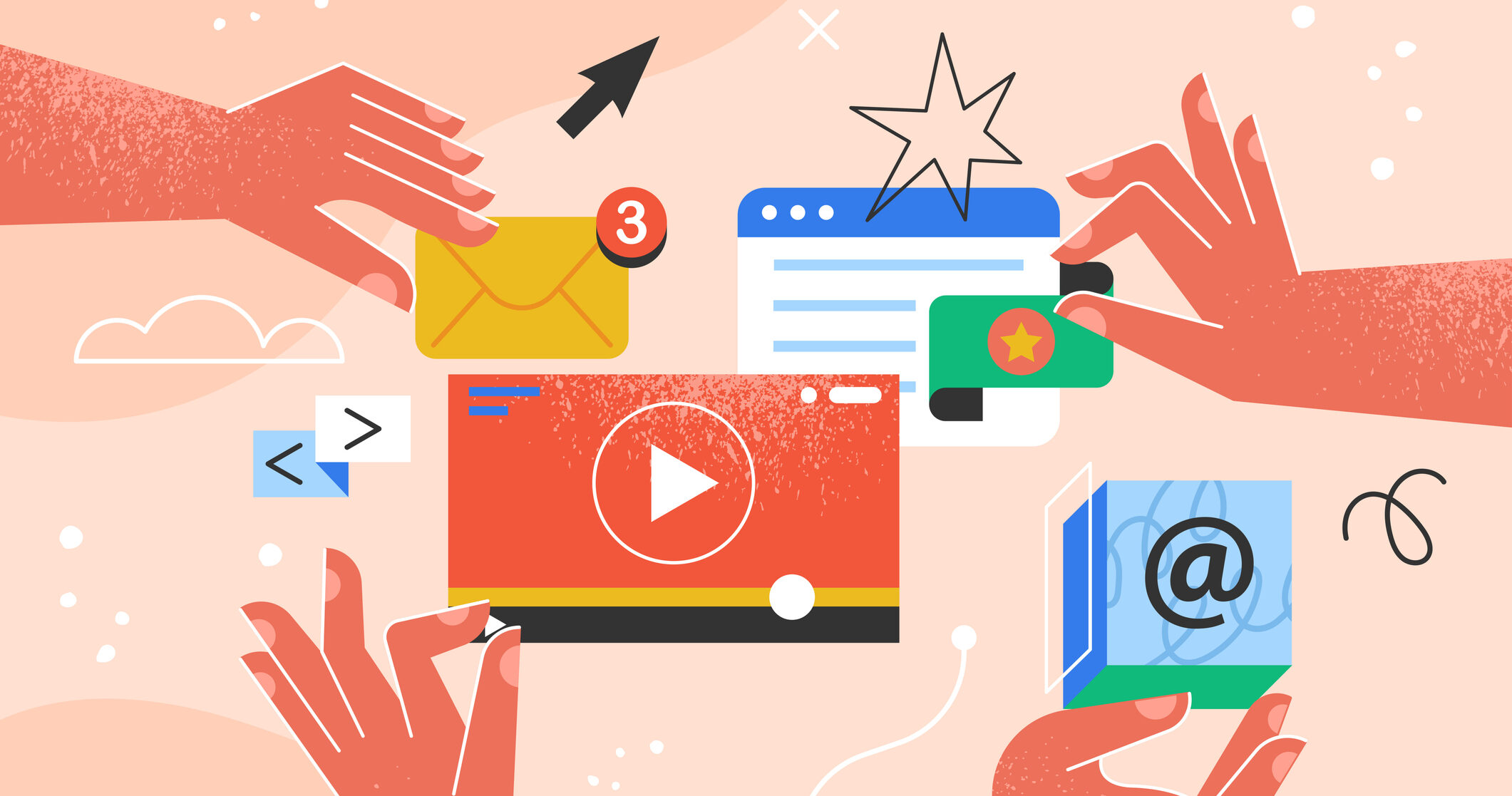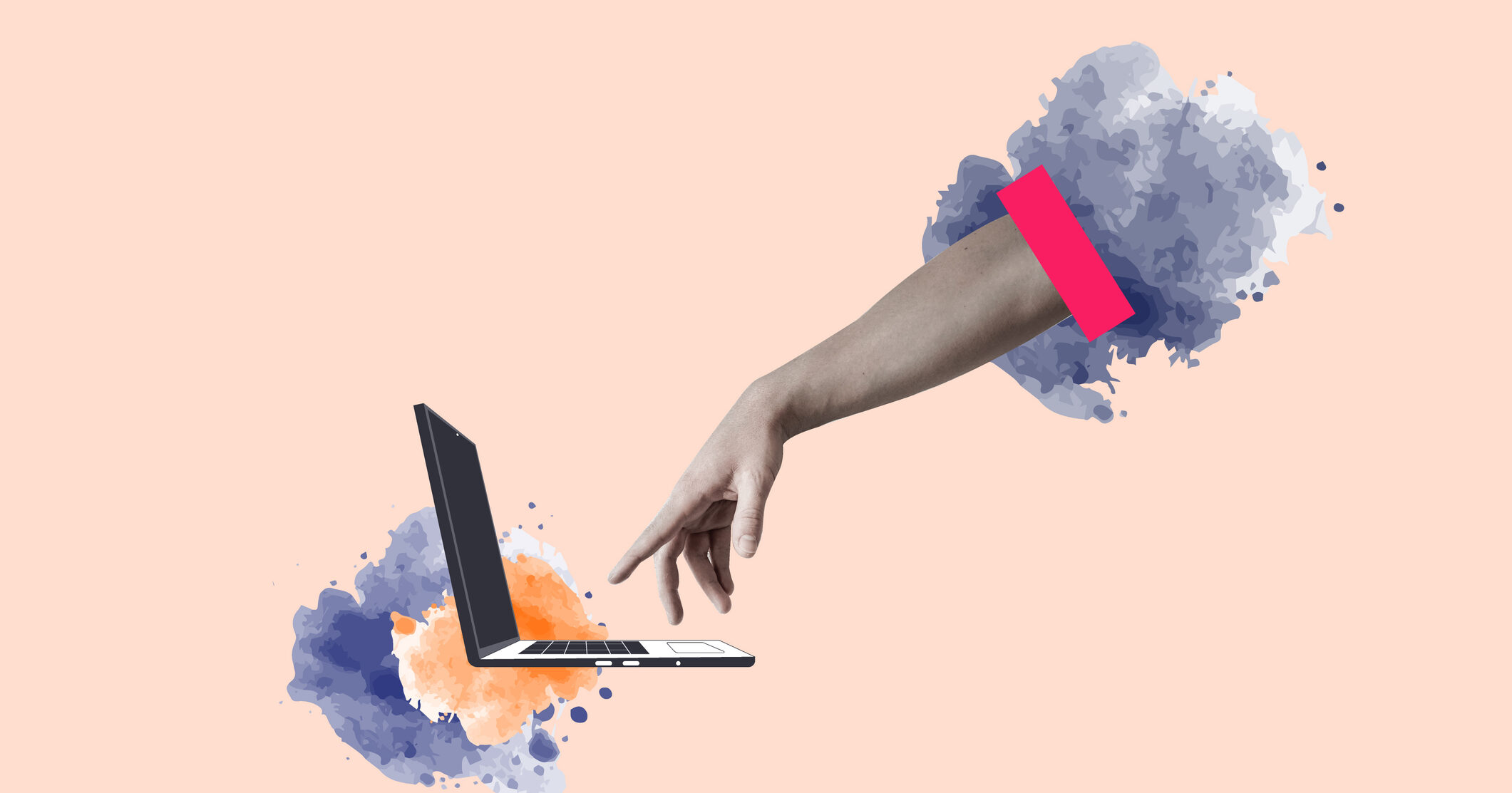As a business owner, you are driven by results. When you invest in a brand-new website, Shopify site, or WooCommerce site, you want to see the visitor counter ticking onwards and upwards. However, sales and traffic aren’t moving as fast as you’d hoped. Something vital may be missing from your site: the implementation of website psychology.
The what now? – You heard us, “website psychology.”
People don’t just browse online stores; they respond on a subconscious level to design choices.
What is Website Psychology?
Also commonly known as web psychology or design psychology, it studies how individuals interact with websites. It investigates how a person’s mind processes information when browsing web pages and how designers can use this understanding to craft more engaging, user-friendly experiences that drive results!
Here’s a quick breakdown…
User Behaviour
To create intuitive interfaces that meet user expectations, an analysis is done on how customers navigate websites, the elements that grab their attention, and the factors that influence their decisions.
Applying Psychological Principles
Combining cognitive and social psychology with user experience (UX) influences user behaviour. For example, using colours can evoke certain impressions and emotions, while leveraging the scarcity principle can create a sense of urgency and encourage conversions.
Improving User Experience
The end goal of any website is to deliver a positive user experience (UX). A website that is easy to navigate, visually beautiful, and informative not only serves as a functional component of a business but also provides an enjoyable experience for the user, encouraging brand loyalty and returning business.
When you understand these triggers, you can begin to mould a website that is not just functional but captivating.
Let’s look at some fundamental psychological principles and translate them into actionable steps for your website, Shopify store, or WooCommerce store.
First Impressions
Research indicates that 80% of visual information is retained, followed by 20% for reading and 10% for auditory learning [Mindshaping Art]. This, combined with the 10 seconds it takes to grab a visitor’s attention [Pragmatic Institute], highlights the importance of striking a positive first impression with online users.
Here’s how to grab a user’s attention with imagery and text…
Hero Image
Including relevant images can boost your content’s views by 94% [HubSpot], so skip the stock photos. Go for quality, engaging images that showcase your product or service in its best light. Consider including lifestyle shots that tell a story and connect with your target audience’s needs, wants, and desired outcomes.
Mantis Digital says…
Explore themes with customisable hero sections in Shopify. If you’re using WooCommerce, consider utilising a hero section plugin like “WooCommerce Hero Banner.”
Headline
A concise headline should speak directly to your intended audience and address their needs. Be sure to customise your headline structure, include targeted keywords, and showcase unique selling propositions (USPs).
Headline Examples…
✗ Poor headline: Welcome to John’s Widgets!
✓ Excellent headline: Unleash Your Backyard Fun – The Most Durable Widgets for Every Project!
Typography
Don’t underestimate the power of fonts! They can influence how much of an impact your website has on its visitors at first glance. Studies have shown that different fonts can trigger specific emotions like colours.
For example…
- Serif fonts project a sense of tradition and reliability.
- Sans-serif fonts feel modern and are universally appealing.
- Slab serif fonts convey strength and trustworthiness.
- Script fonts add a touch of elegance and creativity.
- Modern fonts exude a sense of style and sophistication.
Shapes and User Perception
We often underestimate the power of shapes in web design. But if we are talking about how fonts and colours influence users, then the use of shapes should not be overlooked either.
Here’s a quick rundown…
- Sharp angles (triangles, squares) evoke feelings of stability, trust, and efficiency, making them great for calls to action and product pages.
- Curved shapes (circles, ovals) feel more friendly, approachable, and creative. They are ideal for headers, logos, and showcasing visuals.
- Organic shapes (wavy lines, uneven blobs) add a touch of playfulness and informality. They are well-suited for artistic websites or children’s sections.
Mobile-First Design
Nearly half (49%) of New Zealand’s internet users shop online weekly [Statista], so a website that looks great and functions flawlessly on any device is essential. Shopify and WooCommerce offer mobile-responsive themes that adapt to screen size and ensure a seamless experience across smartphones, tablets, laptops, and desktops.
Trust and Credibility
Online users crave reassurance.
Here’s how to use design to build trust…
Social Proof
Highlight customer reviews, testimonials, and logos from trusted brands and partnerships. E-commerce stores can easily incorporate review functionalities.
Security Seals
Your website should display trust badges, such as those from Verisign or Norton Secured, to verify secure payment gateways.
Social Media Integration
Share user-generated content and positive social media mentions by integrating your website with your social media platforms. Include these icons on your site to create a sense of community and authenticity.
Showcase Your Story
People connect with stories. Share your brand’s journey, values, and what makes your business unique.
Put a Face to the Name
Feature your team members or yourself! This builds trust and fosters a sense of connection with your visitors.
Emotional Connection
People buy on emotion, then justify with logic.
Here’s how to tap into that emotional connection…
Colour Psychology
Choose a colour scheme that resonates with your brand and captivates your target audience. Warm colours like red and orange can ignite excitement, while cool shades like green and blue can instil a sense of trust and credibility.
Here’s a quick look at a list of emotions particular colours evoke…
- Red: Passion, excitement, love, anger, danger
- Orange: Energy, enthusiasm, warmth, happiness
- Yellow: Joy, optimism, creativity, sunshine
- Green: Peace, harmony, growth, nature
- Blue: Calmness, trust, security, sadness
- Purple: Royalty, luxury, creativity, mystery
- Black: Power, sophistication, elegance, mourning
- White: Purity, cleanliness, peace, sterility
Colour Contrast
Implement contrasting colours between the background and text for readability purposes.
Storytelling
Remember, your goal is not just to sell products but to market the emotions your products or services can evoke. Use beautiful images and compelling descriptions to tell a story that resonates with your audience, showing them how your product or service can positively impact their lives.
Website Usability
Consider this scenario: a visitor arrives at your store only to find themselves lost in a maze of confusing menus. The result? Frustration and a lost potential customer. This is why ensuring a user-friendly website is crucial for conversions.
Here’s how to ensure a smooth user journey…
Clear Navigation
Individuals shouldn’t have to trawl your website for what they’re after. Use clear labels and a logical structure that mirrors how people naturally think. For online stores like Shopify, use mega menus if you have an extensive list of products or categories. Try the “WooCommerce Mega Menu” to provide a similar functionality.
Strategic Calls to Action (CTAs)
Never leave your visitors guessing. Use strong call-to-actions like “buy now” or “shop now” throughout your website to encourage conversions and guide users through the buying process.
Underlined Text
Underline text that links to other pages or resources. This simple yet effective method signals clickability without cluttering your design.
Search Functionality
Make it easy for visitors to find what they’re looking for with a robust search bar. Consider autosuggestions and filters for a more user-friendly experience.
Breadcrumbs
These small navigation trails at the top of the page allow visitors to track their location within your website and easily navigate back to previous categories.
The Essentials
Certain pages are non-negotiable for any e-commerce website.
Privacy Policy and Security
Display clear and concise privacy policies to build trust with visitors. If your platform offers security badges, showcase them for an extra layer of reassurance.
Contact Information
Make it easy for visitors to reach you by including your email address, phone number (if applicable), and a straightforward contact form.
Returns Policy
A transparent returns policy reassures hesitant buyers and reduces shopping cart abandonment.
Ready to Have a Website Designed That Converts?
Here at Mantis Digital, we understand the influence a great website has on online visitors (just check out our portfolio). Therefore, we craft a user experience that is not only designed to wow users but also inspire them to act.
Let our team of pros help you create a website that…
✓ Keeps visitors engaged
✓ Directs users towards your desired goals
✓ Builds trust and credibility
✓ Boosts conversions
✓ Increases ROI
Take the first step today!
Schedule a free consultation with our web design specialists. We’ll discuss your goals and develop a tailored plan to create a website that gets results!
Have An Idea? Let's Build And Scale It!


